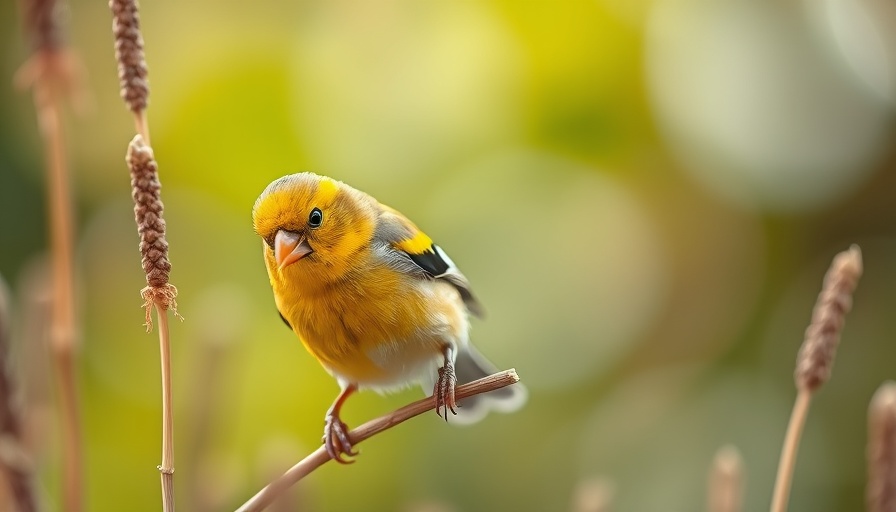
Hummingbird Migration in Michigan: A Seasonal Journey
Step outside on a warm spring morning and you might witness the enchanting spectacle of Ruby-throated Hummingbirds as they flutter near your flowers or feeders. These delightful birds are Michigan's sole regular hummingbird visitors, embarking on an awe-inspiring journey each year. Understanding when these tiny creatures migrate and their peculiar habits can enhance your birdwatching experience.
The Timing of Departure: When Do Hummingbirds Leave?
Hummingbirds don’t migrate from Michigan all at once; their departure is spread over several weeks. The earliest Ruby-throats begin their journey south as early as late August, while by mid-September, activity at feeders reaches a peak as these birds prepare for their long trek. By early October, most of the hummingbirds have migrated, with adult males typically departing first, followed by females and the young.
The Triggers Behind Their Migration
While many associate migration with dropping temperatures, the primary factor is actually the changing daylight. As days shorten, Ruby-throated Hummingbirds instinctively prepare for migration by storing fat reserves, crucial for their long journey. This response to daylight acts as their biological clock, ensuring they leave at the optimal time.
Creating a Welcoming Environment
As a bird lover, supporting these amazing creatures while they're present in Michigan can be incredibly rewarding. Ensuring your feeders are filled with fresh nectar and offering native flowering plants can create a vibrant habitat for the hummingbirds. Providing appropriate sustenance encourages these birds to linger longer and can be vital for their energy before they embark on migration.
What to Expect on Your Hummingbird Journey
Once spring concludes, the sighting of vagrant hummingbirds—like Rufous or Anna’s Hummingbirds—becomes an exciting possibility for bird watchers. Although rare, these unexpected visitors can bring joy to any keen observer, reminding us of the incredible tenacity and adaptability of these remarkable avian travelers.
Final Thoughts
By understanding the migration patterns and needs of the Ruby-throated Hummingbird, you can enhance your appreciation for these beautiful birds. Not only does observing their journey provide insight into nature, but it also encourages us to contribute to a welcoming environment that supports wildlife. So, as autumn approaches, take the time to observe, reflect, and prepare your yards for the arrival of these migratory marvels next spring!
 Add Row
Add Row  Add
Add 




Write A Comment